Table of content
Stinky tofu, a beloved yet polarizing street food staple across Asia, owes much of its cult following to its pungent aroma and umami-rich flavor. While the fermented tofu itself is the star of the dish, the sauce—or juice—that accompanies it is the unsung hero, transforming a simple block of fermented soybean into a culinary masterpiece. Crafting the ideal stinky tofu sauce is an art that balances saltiness, spiciness, tanginess, and a hint of sweetness, all while respecting the dish’s humble roots. This guide will explore the history, ingredients, and techniques behind creating an authentic stinky tofu sauce, ensuring your next batch is nothing short of legendary.
The Cultural Significance of Stinky Tofu Sauce
Stinky tofu (chòu dòufu in Mandarin) originated in China during the Qing Dynasty and has since spread to Taiwan, Hong Kong, and Southeast Asian communities. Its sauce, often a vibrant mix of fermented ingredients, chili oil, and aromatics, is as diverse as the regions it hails from. In Taiwan, for example, the sauce leans sweet and garlicky, while Sichuan versions prioritize fiery spiciness. Regardless of the variation, the sauce serves two purposes: to cut through the tofu’s intense fermented flavor and to elevate its texture with a symphony of tastes.
Key Ingredients for Stinky Tofu Sauce
The beauty of stinky tofu sauce lies in its simplicity and adaptability. While recipes vary, most rely on a core set of ingredients:
-
Fermented Bean Curd (Chòu Dòufu):
The backbone of the sauce, fermented bean curd adds a salty, savory depth. Available in red (spiced with chili) or white (milder) varieties, it provides the sauce’s signature funk.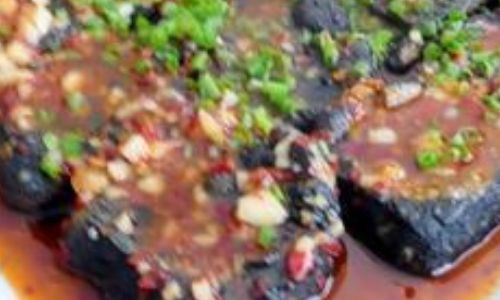
-
Chili Oil or Fresh Chilies:
Depending on regional preferences, chili oil (homemade or store-bought) or fresh chili peppers contribute heat and color. Sichuan peppercorns may also be added for a numbing tingle. -
Vinegar:
Rice vinegar or black vinegar introduces acidity, balancing the sauce’s richness. -
Soy Sauce:
Light soy sauce adds saltiness, while dark soy sauce deepens the color. -
Aromatics:
Fresh garlic, ginger, and scallions are minced or blended to create a fragrant base. -
Sweetener:
Sugar, honey, or rock sugar counteracts the sauce’s sharpness. -
Sesame Oil:
Toasted sesame oil lends a nutty aroma and richness. -
Broth or Water:
A small amount of liquid thins the sauce to the desired consistency. -
Optional Add-Ins:
Fermented black beans, oyster sauce, cilantro, or crushed peanuts may be included for complexity.
Regional Variations of Stinky Tofu Sauce
Taiwanese-Style Sauce
Taiwan’s version of stinky tofu sauce is famously sweet and garlicky. Key ingredients include:
- Fermented red bean curd
- Minced garlic
- Sugar
- Rice vinegar
- Soy sauce
- Chili oil (optional)
The sauce is often thick and glossy, clinging to the tofu cubes.
Sichuan-Style Sauce
Sichuan’s sauce prioritizes spice and numbness:
- Fermented chili bean paste (doubanjiang)
- Sichuan peppercorns
- Fresh chilies
- Black vinegar
- Garlic and ginger
This variation is thinner and fierier, with a lingering mala (numbing-spicy) finish.
Hong Kong-Style Sauce
A lighter, more balanced blend:
- Fermented white bean curd
- Oyster sauce
- Sesame oil
- Sugar
- Minced scallions
Hong Kong sauce emphasizes umami and freshness.
Step-by-Step Guide to Crafting the Sauce
Step 1: Prepare the Aromatics
Finely mince 4–6 garlic cloves, a 1-inch piece of ginger, and 2–3 scallions. For a smoother sauce, blend these with a splash of broth or water.
Step 2: Fermented Bean Curd Base
Mash 2–3 cubes of fermented bean curd (red or white) with a fork. If using red bean curd, the sauce will take on a vibrant hue.
Step 3: Combine Liquids
In a bowl, whisk together:
- 2 tbsp soy sauce
- 1 tbsp rice vinegar
- 1 tsp sugar
- 1 tbsp sesame oil
- 1/4 cup broth or water
Adjust ratios to taste.
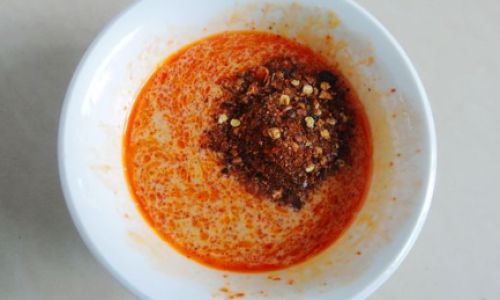
Step 4: Infuse Heat
Add 1–2 tbsp chili oil or 1–2 fresh red chilies (deseeded for less heat). For Sichuan flair, toast 1 tsp Sichuan peppercorns and grind them into the mix.
Step 5: Assemble and Adjust
Combine the mashed bean curd, aromatics, and liquids. Taste and tweak:
- Too salty? Add a pinch of sugar.
- Too acidic? Drizzle in more sesame oil.
- Not spicy enough? Stir in chili flakes.
Step 6: Resting Time
Allow the sauce to sit for 30 minutes to an hour. This mellows the flavors and meld the ingredients.
Expert Tips for Perfection
-
Balance Is Key:
The sauce should harmonize salt, spice, acid, and sweetness. Start with small quantities and adjust gradually. -
Fresh Ingredients Matter:
Use fresh garlic and ginger—pre-minced jars lack the punch needed to cut through the fermented tofu. -
Fermentation Matters:
Homemade chili oil or fermented bean curd yields a deeper flavor than store-bought versions. -
Consistency Control:
For a dipping sauce, keep it thick. For pouring, thin with broth. -
Customization:
Add 1 tbsp peanut butter for creaminess, or 1 tsp five-spice powder for warmth.
Common Mistakes to Avoid
-
Overpowering with Vinegar:
Too much acidity can overwhelm the sauce. Add vinegar incrementally. -
Skipping the Resting Period:
Flavors need time to meld. Resist the urge to serve immediately. -
Using Stale Spices:
Dried chili flakes or Sichuan peppercorns lose potency over time. Replace them annually. -
Ignoring Dietary Needs:
For a vegan sauce, omit oyster sauce and use tamari instead of soy sauce.
Health Benefits and Considerations
While stinky tofu sauce is undeniably indulgent, its ingredients offer surprising perks:
- Fermented Bean Curd: Rich in probiotics, aiding digestion.
- Garlic and Ginger: Packed with antioxidants and anti-inflammatory properties.
- Chili Peppers: Boost metabolism and circulation.
However, the sauce’s high sodium content means moderation is key, especially for those with hypertension.
Serving Suggestions Beyond Stinky Tofu
This versatile sauce isn’t limited to fermented tofu. Use it as:
- A marinade for grilled meats or tofu.
- A dressing for cold noodles or rice bowls.
- A dip for dumplings, spring rolls, or fries.
- A glaze for roasted vegetables.
Troubleshooting Guide
| Issue | Solution |
|---|---|
| Sauce is too salty | Add 1 tsp sugar or a splash of vinegar. |
| Not spicy enough | Mix in chili oil or fresh peppers. |
| Flavors seem flat | Let it rest longer or add a pinch of MSG (optional). |
| Texture is grainy | Blend the sauce until smooth. |
The Final Word: Experimentation Is Encouraged
No two stinky tofu sauces are alike, and the best recipes evolve with personal taste. Whether you prefer a Taiwanese-inspired sweet-spicy blend or a Sichuan-style fiery mix, the key is to embrace the sauce’s boldness. So, grab your apron, stock up on fermented bean curd, and prepare to unlock the secret to stinky tofu’s magnetic allure. Your taste buds—and perhaps your neighbors—will thank you.
Conclusion
Crafting the perfect stinky tofu sauce is a journey that bridges tradition and creativity. By understanding the role of each ingredient and experimenting with regional twists, you can create a sauce that not only complements the tofu’s infamous aroma but also elevates it into a dish worth savoring. Remember: the best sauce is one that makes your palate sing, even if your kitchen (or hallway) temporarily reeks of adventure.
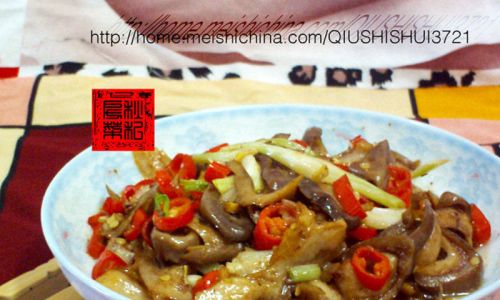
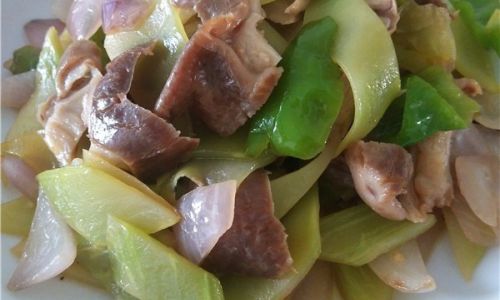
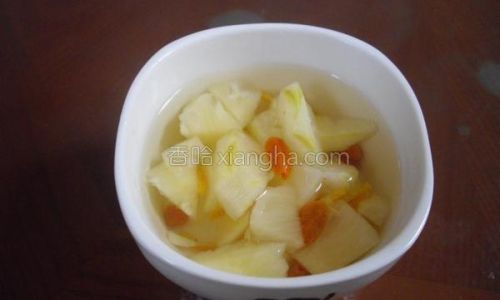
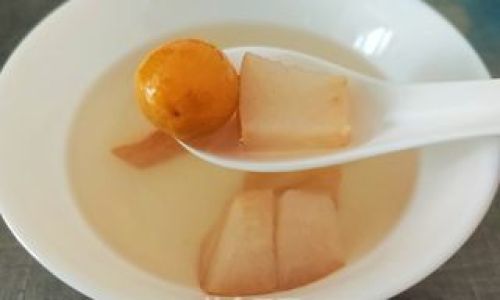

0 comments